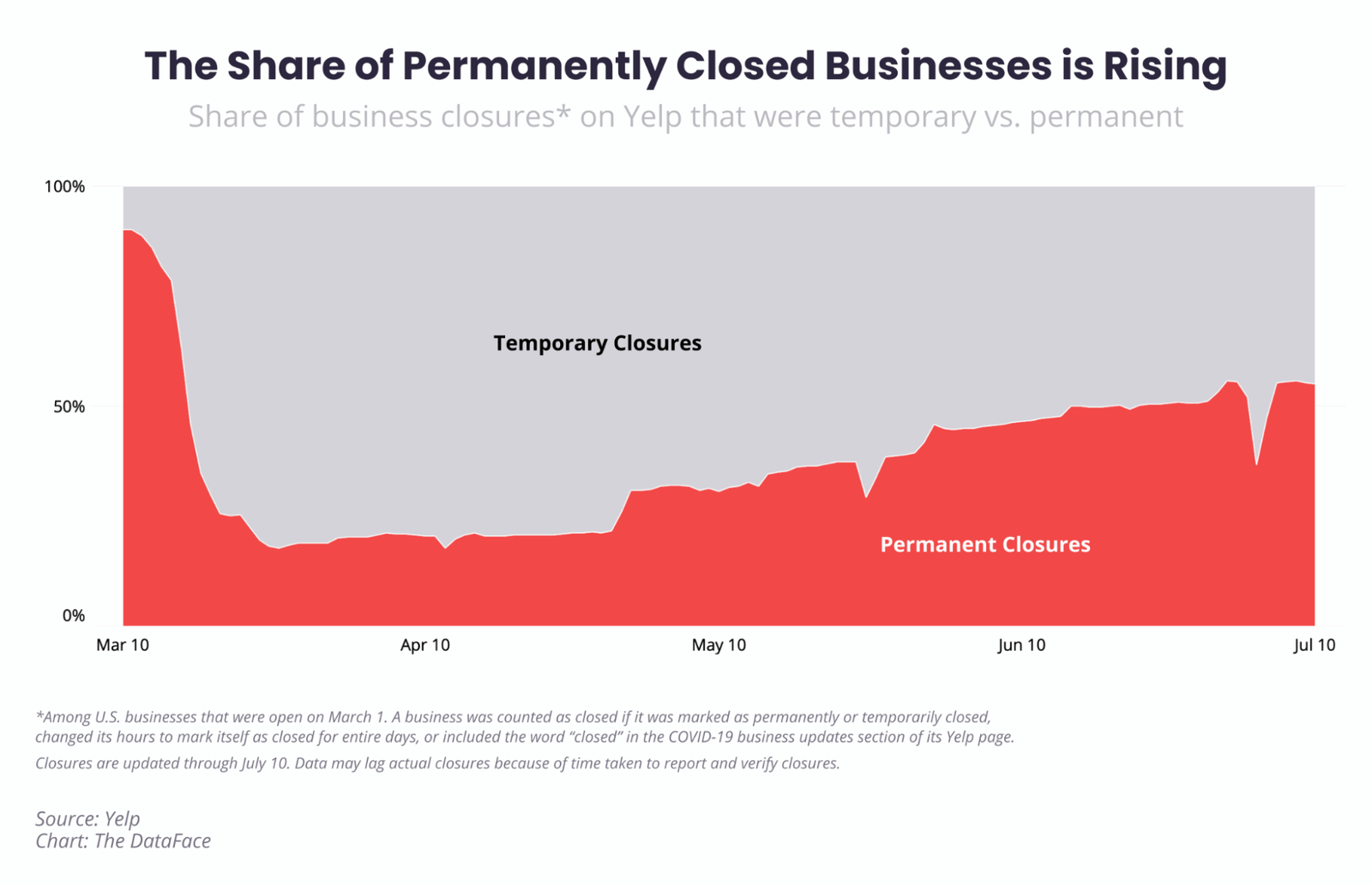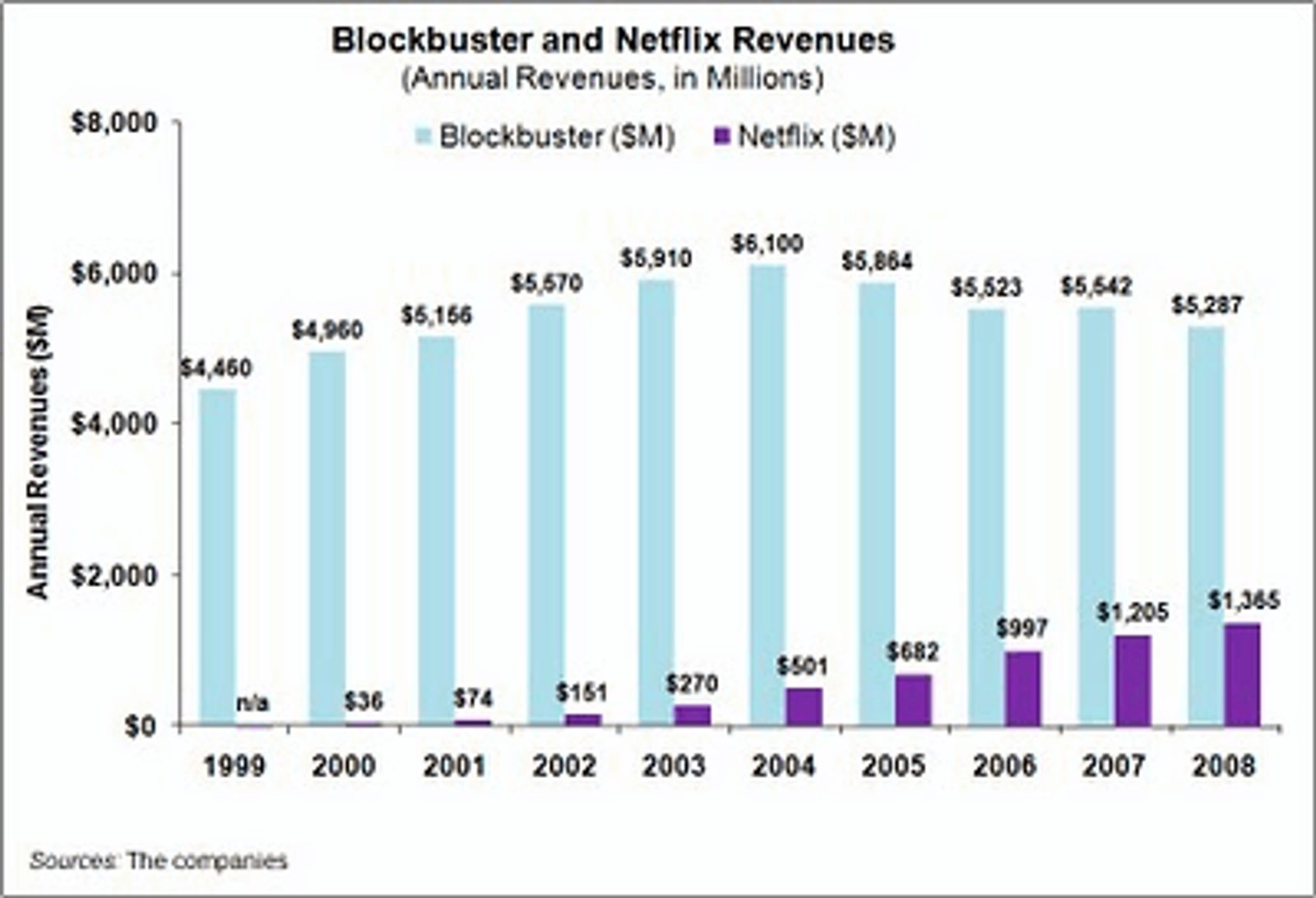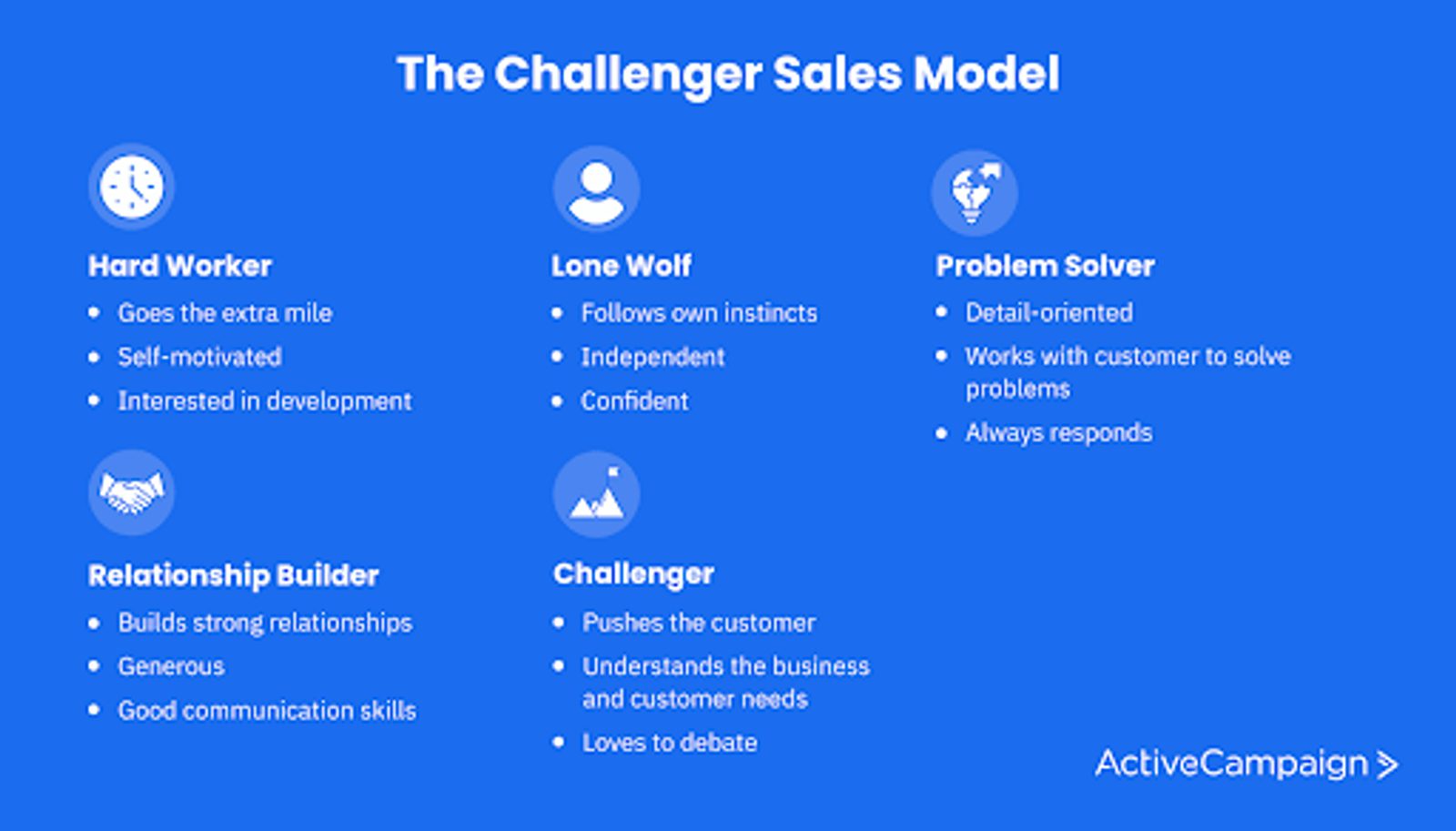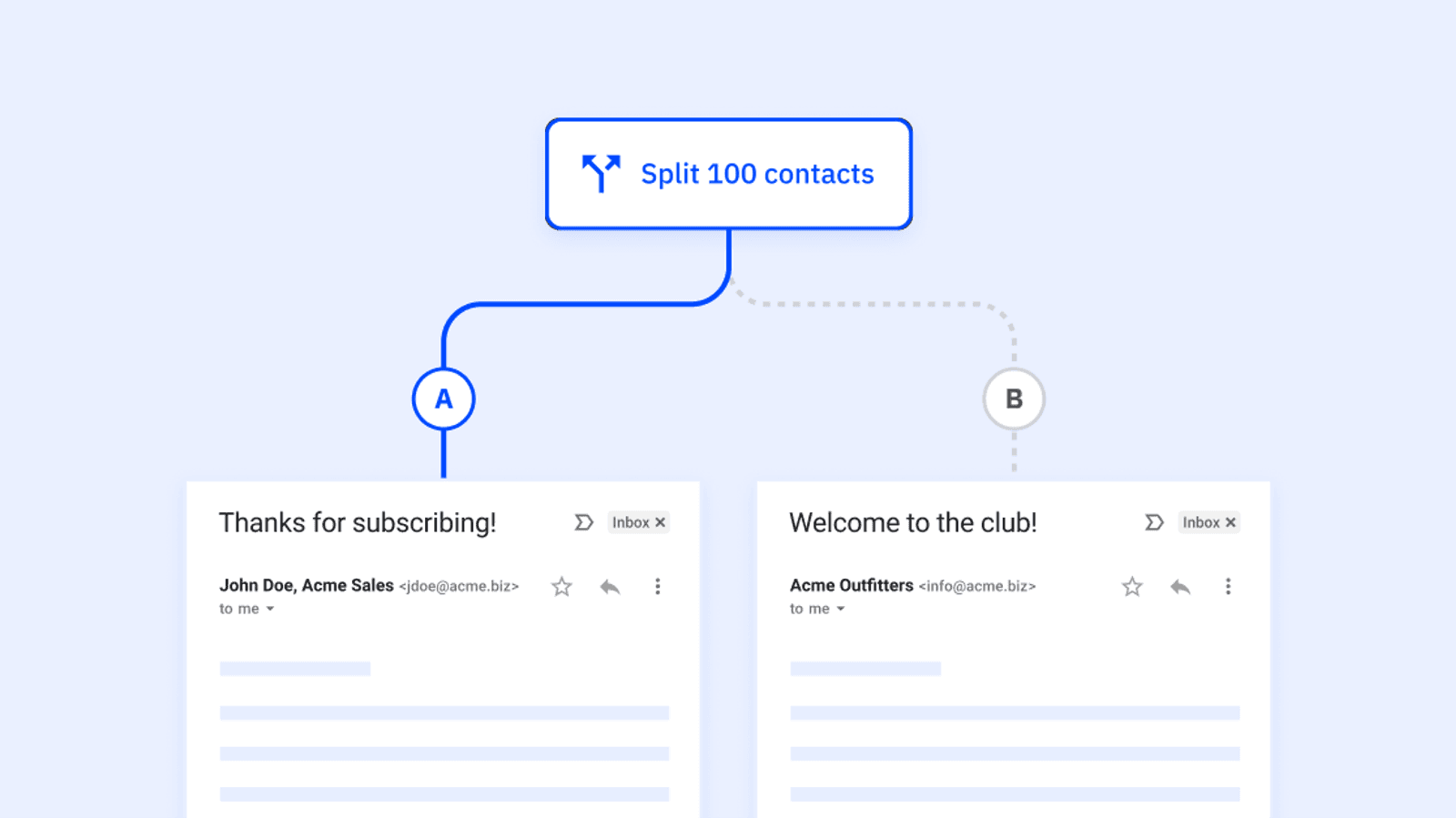All businesses experience fluctuations in sales, revenue, and profit.
Some are more reasonable than others, but rare is the business that maintains consistent revenue every single month.
Often, the factors that influence busyness (not business) are within your control, but this isn’t always the case.
This guide will explore 6 reasons why a business might be slow right now and discuss 7 strategies for getting your business out of its slump. We’ll also introduce a purposeful concept called “slow business” to help you understand why a quiet month might not be so bad.
Table of Contents:
What actually is slow business?
There are 2 answers here.
The traditional answer is that slow business is a period of low sales volume, where businesses are overstaffed, underworked, and aren’t meeting their revenue goals.
This happens for a number of reasons (which we’ll discuss in more detail soon), such as seasonality and economic changes, and can be particularly challenging, especially for small businesses.
A lot of small businesses don’t have huge capital reserves. Rather, they rely on consistent cash flow to keep afloat and pay their expenses (for instance, wages). The pandemic has shown us that even short periods of slow business can quickly put companies with low cash reserves out of operation.

But slow business is a problem even for well-funded enterprise companies. For these organizations, a 10% drop in revenue can translate to millions of dollars, which impacts growth goals, expansion plans, and the ability to meet repayment obligations.
So, slow business is a painful time for everybody.
Or is it?
A second definition for the term “slow business” exists, and it refers to a slower and much more intentional approach to business operation.
The slow business concept
The slow business concept (part of the slow living movement) rejects the traditional business model (grind hard, work long hours, stay busy, grow revenue like crazy). It prioritizes integrating a small business into a varied, well-rounded personal life.
Some of the tenets of the slow business model include:
- Quality over quantity
- Purpose over profits
- Prioritizing people
- Values come before anything else
- Slow business folds nicely into a “slow lifestyle”
In short, slow business owners aren’t prioritizing the idea of “growing a business.”
Instead, their goal is to build a self-sustaining operation that allows them to make a (potentially more than) reasonable living while still having time for other personal aspirations, such as raising a family or engaging in hobbies.
The result, ideally, is a more fulfilling lifestyle.
There are a few steps to embracing the slow business framework:
- Understand your why - What’s your purpose? Why are you doing this? The slow business model says the answer can’t be “money.”
- Define your goals - These should be more about lifestyle (e.g., “I want to work no more than 20 hours per week.”) than revenue or growth goals.
- Learn to say no - You’ll need to reject any work opportunities that don’t align with your goals or values.
While this is a growing interest, for most people, the term “slow business” refers to the idea we discussed earlier.
So, if that’s you, and you’re experiencing a period of slow business right now and need to uncover what to do about it, read on.
Why is business slow this month?
It’s rare for there to be a single reason why business is slow.
In reality, complex situations such as these are multifactorial. That is, there’s generally more than one driving factor behind a period of slow business.
In this section, we’ll discuss 6 of the most common contributors to slow business, but bear in mind that if you’re trying to determine why your sales are low this month, it might be a combination of these reasons.

Inconsistent pipeline
Inconsistent pipelines are common for small and medium-sized enterprises (SMEs).
Here’s what happens:
- The sales team has no leads, so they focus on sales calls to build new opportunities.
- There are plenty of leads in the pipeline, so the sales team prioritizes conversion rates and lead nurturing activities.
- Nurtured opportunities get closer to closing, and the business owner needs revenue, so seeing these deals through to the end is the priority.
- Each of the opportunities closes (as either won or lost), and now the sales team has no pipeline again, so they’re back to the start.
In this scenario, revenue will always fluctuate, and you’ll consistently oscillate between periods of high sales and slow business.

To solve this problem, have someone on the sales team responsible for pipeline generation throughout the month.
This can be role-based (for example, having a sales development rep (SDR) whose sole responsibility is to generate leads), or you can have every salesperson spend a certain number of hours each week prospecting.
Seasonality and holidays
Some industries are more subject to seasonality and holidays than others.
For example, if you’re a ski gear retailer, it wouldn’t be all that surprising if you saw a period of slow business during the summer.

Holidays can positively or negatively impact revenue, depending on your industry.
Ecommerce stores tend to see upticks in sales across the Thanksgiving-New Years period. At the same time, B2B SaaS companies may struggle to close deals, as buyers are preoccupied with other initiatives.
Economic changes
An economic downturn always influences buyer motivations.
Rising interest rates or sharp turns in stock markets impact consumer confidence, and this can affect a prospect’s likelihood to purchase (we’ve all heard the phrase “I just want to see how this thing plays out first.”)
Economic changes can be global (such as the recent pandemic) or localized (for example, a local housing market crash or a new regional tax).
New competitors or disruptors
Your business does not operate in a vacuum — you exist in relation to your competition. Newcomers to the market can cause considerable disruption to revenue and can be the cause behind slow periods of business.
For instance, when Uber and Lyft took to the streets of San Francisco, local cab drivers experienced a sharp drop in business, as their market had been completely disrupted.
If you’re experiencing a slow business period, run a competitor analysis to understand whether any new market entrants are gaining market share.
Manage Your Pipeline, Manage Your Business
Disruptive world events
Global events can cause slow periods of business in relevant industries.
For example, a shortage in oil availability can cause huge supply chain issues, pushing shipping prices up and causing long delays.
When these changes occur, consumers are less likely to purchase goods online (because they take longer to arrive and are more costly), impacting business performance.
Changing consumer motivations
Low revenue isn’t always a sign of a temporary slow business period. It can be a sign of a longer-term trend in consumer motivations.
Consider Blockbuster.

When their revenue started to dip in 2005, they took it as a sign of slow business. In reality, consumer motivations were changing (toward mail rentals and streaming).
Rather than making business decisions to move with the desires of their customer base, they ignored customer demand and stuck to their guns (and eventually lost their battle for market share).
How do you survive slow business?
So, if you are experiencing a period of slow business, what business decisions can you make to survive and, ideally, turn things around?
Below, we’ll cover 7 concrete ways to achieve just that.

Focus on lead generation & optimizing your pipeline
If business is slow, you’ve probably got a lot of extra time on your hands. Use this space to focus on the activities that move the revenue needle.
For many, this means generating new leads to fill the top of the sales pipeline.
Creative businesses will reallocate resources from other departments (where possible) to assist with this effort.
For example, marketers may be shifted from customer success projects to lead generation initiatives in conjunction with an appropriate budget reallocation.
Double down on the activities that have proven to generate results. This may differ from business to business, but common examples include:
- Cold sales calls
- Customer retention conversations
- Social media advertising
- Google Ads
Use your available time to improve systems and processes
For most companies, business processes always need review and optimization.
The problem is that we’re typically so bogged down with the day-to-day operation of our businesses that we don’t have space to work on systems and procedures.
Slow periods are an ideal time to jump back into process optimization. This is especially critical if you’re able to improve systems to gain efficiencies (freeing up more time to focus on revenue-driving activities that seek to counteract the slow period you’re facing).
If you don’t already have a list (mental or otherwise) of processes that need reviewing, start with those most closely related to revenue.
For instance, what does your sales process look like?
Analyze success rates at each pipeline stage to determine where additional training, support, and process development is required (e.g., perhaps the majority of your sales are falling through at the negotiation stage).
Revive dead sales opportunities
Many businesses have a list of “maybe in the future” sales leads that never closed. Now is the time to revive those conversations.
However, it’s crucial that your approach isn’t a broad “Hey, just checking in, are you interested now?”
Sales conversations with old leads must be highly personalized. Brush up on the notes you’ve recorded in your CRM before reaching out (via phone is best) and be prepared to requalify.
Don’t assume that because, 6 months ago, a prospect told you they had a specific need or pain point that this is still the case. Use your existing relationship with the customer to build initial rapport, but start the sales conversation process mainly from the top.
Review and analyze the competitive landscape
Periods of slow business aren’t always related to changing economic conditions or consumer sentiment.
Sometimes, it’s the case that your competitors (new or otherwise) are doing a better job capturing customer attention and winning market share.
If you’re facing a slow period, consider dedicating some time to developing an updated understanding of the competitive landscape.
Ask:
- Who are our main competitors?
- Are there any new entrants to the market?
- What are they doing better than us?
- What are we doing better than them?
- What motivates a customer to purchase from a competitor over us?
Then, use these insights to inform any required business, brand, or operational changes.
Explore new sales methodologies
Some of the reasons for slow business periods are outside your control (for instance, you can’t very well control legislative and economic conditions).
Others, however, you have more influence over. For example, are your sales reps performing to the best of their potential, or is there still some room to grow?
In most cases, the latter will be more accurate (nobody has the perfect sales team), and periods of slow business can be a great time to explore new sales methodologies and engage in sales training and coaching sessions.
The Challenge sales model is a popular methodology that focuses on building rapport and then using your knowledge, experience, and confidence to challenge a customer’s views in order to persuade them to buy.

It involves a lot of hard-selling, but this might be just what you need during times of low revenue.
Engage with relevant communities and build relationships with existing customers
Many initiatives during periods of slow business should focus on immediate revenue generation. However (assuming you can form a cash flow perspective), you shouldn’t lose sight of the long term.
Building relationships with your local community (whether in-person or online) is crucial to long-term revenue growth and has become increasingly important. It could be as simple as arranging annual charity drives for your local high school sports team.
Unfortunately, many of us neglect this activity when we’re busy, as there are always more urgent tasks at hand.
If business is slow, consider dedicating time to community engagement.
This might involve:
- Attending community or industry events
- Engaging in relevant social media groups
- Running customer surveys, promotions, and giveaways
- Collaborating with relevant industry partners
Conclusion
While these tactics are helpful for boosting sales and revenue during periods of slow business, the best defense is a good offense, and that means developing a powerful lead nurture sequence that keeps your pipeline full at all funnel stages.
Get started today with our lead nurturing email templates, and get your revenue generation engines on autopilot.






